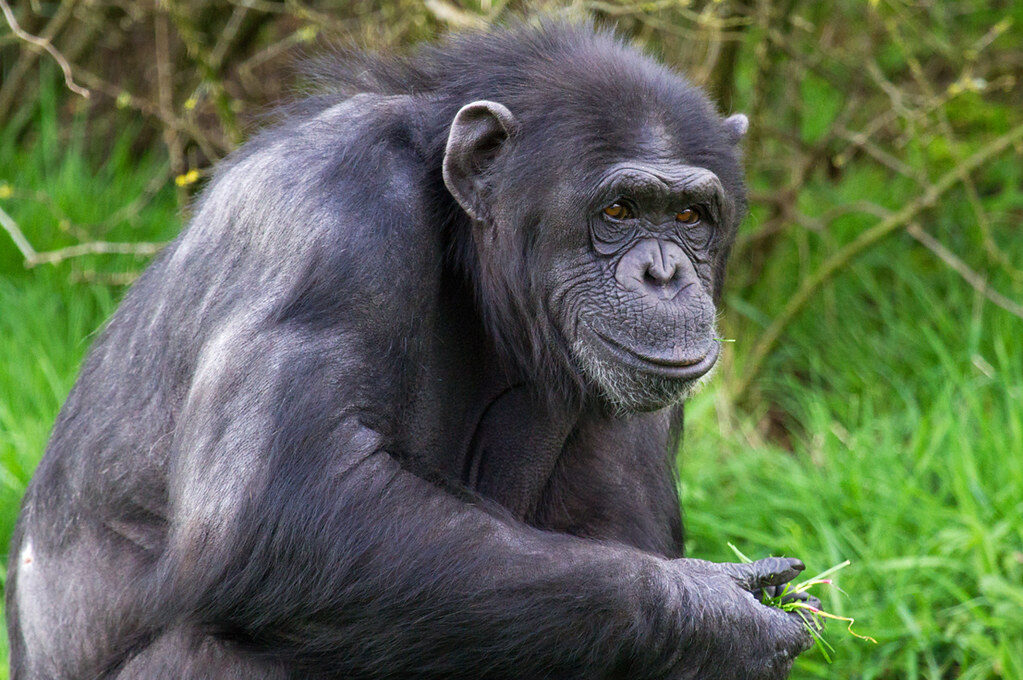Gorillas are among the most intriguing primates on the planet. Known for their immense strength, gentle demeanor, and striking resemblance to humans, these majestic creatures continue to capture the hearts of wildlife enthusiasts, researchers, and travelers alike. Whether you’re planning a gorilla trekking safari in Uganda or Rwanda, or you’re simply curious about these great apes, learning about their diet and behavior can deepen your appreciation for them.
What Do Gorillas Eat in the Wild?
Despite their intimidating size, gorillas are primarily herbivorous. Their diet mainly consists of plant-based foods, and what they eat largely depends on their subspecies and habitat.
In Uganda and Rwanda, where mountain gorillas roam the lush forests of Bwindi and the Virunga Mountains, the diet is heavily based on vegetation. These gorillas consume leaves, stems, pith, shoots, bark, and fruits. They are known to feed on over 100 different plant species.
Because fruit is not always abundant in their high-altitude habitats, mountain gorillas rely more on fibrous plant parts. On the other hand, lowland gorillas, like the Eastern Lowland gorillas of the Congo Basin, consume a higher quantity of fruit due to its greater availability.
Occasionally, gorillas may also eat small insects such as ants or termites, but this forms a very minimal part of their diet.
How Much Do Gorillas Eat?
Gorillas spend a large portion of their day foraging and feeding — often up to 6 hours a day. An adult male mountain gorilla can consume around 20 to 30 kilograms of vegetation daily. Given their large size and energy needs, this constant intake helps maintain their muscular frame and energy levels.
They also get most of their water from the plants they eat, which is why you’ll rarely see a gorilla drinking directly from a water source.
Are Gorillas Intelligent?
Yes, gorillas are extremely intelligent creatures. They have been observed using tools, displaying emotions, forming strong social bonds, and communicating using a variety of vocalizations, body language, and even facial expressions.
In captivity, some gorillas have been taught sign language and can use it to express thoughts, desires, and emotions. In the wild, their intelligence is reflected in their problem-solving abilities and social organization.
Gorilla Social Structure
Gorillas live in social groups known as troops or families. A typical troop includes one dominant male — known as the silverback — several adult females, and their offspring. The silverback leads and protects the group, makes decisions about movement, mediates conflicts, and ensures the group’s safety.
Some troops may include more than one male, but only one dominant silverback is in charge. When young males reach maturity, they often leave the group to form their own troop or live as solitary males until they attract females.
How Do Gorillas Communicate?
Gorillas use a wide array of sounds, gestures, and postures to communicate with one another. From grunts and hoots to chest beating and facial expressions, each action serves a purpose.
Chest beating, often associated with aggression, can also be a form of display to show dominance or deter threats without engaging in actual combat. Vocalizations like low growls or hoots are used for social bonding and maintaining group cohesion.
How Strong Are Gorillas?
Gorillas are incredibly strong — much stronger than humans. An adult male silverback can lift nearly ten times its own body weight, and their bite force is among the strongest in the animal kingdom. However, they are gentle giants by nature and rarely use their strength aggressively unless threatened.
Are Gorillas Endangered?
Yes, all gorilla subspecies are classified as endangered or critically endangered due to habitat loss, poaching, disease, and human-wildlife conflict. Mountain gorillas, found only in Uganda, Rwanda, and the DRC, have shown a positive trend in population recovery thanks to intense conservation efforts and regulated gorilla tourism.
Organizations and local governments have collaborated to protect gorilla habitats, enforce anti-poaching laws, and educate communities. Gorilla trekking plays a crucial role in conservation by generating funds and raising awareness.





